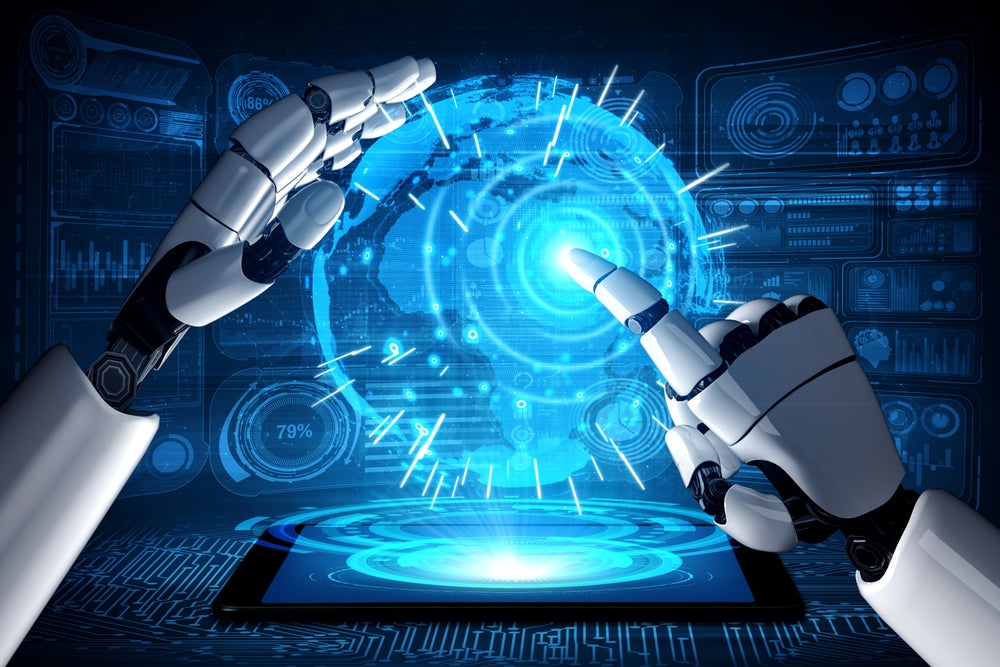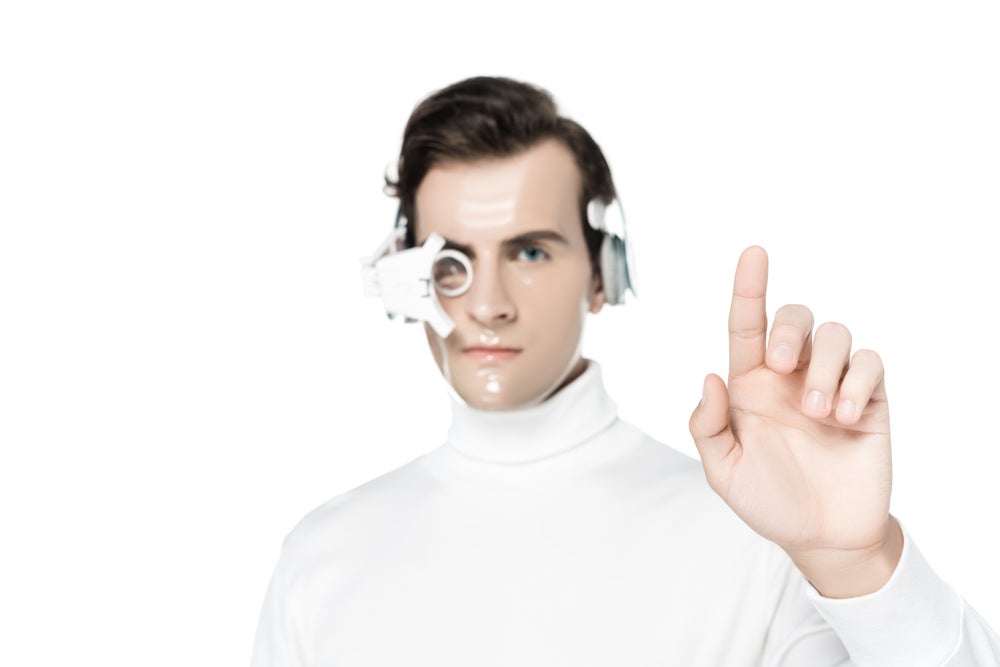March 10, 2021 7 min read
Opinions expressed by Entrepreneur contributors are their own.
Artificial Intelligence (AI) is revolutionizing the way we live and work , so today I invite you to learn more about this topic by approaching it from three different and increasingly complex segments.
Broadly speaking, we can refer to AI as the simulation of human intelligence by machines . In other words, a discipline that tries to create systems capable of learning and reasoning like people .
Importantly, Artificial Intelligence is the most debated technology of the 21st century . Today it is widely used to solve complex problems and facilitate human tasks.
Do you still have doubts about what artificial intelligence is? So join me in developing the following segments.
Segment 1: Explanation for elementary students

Image: Depositphotos.com
Imagine a machine that organizes your closet the way you like it , or that serves refreshments to your friends during a party . That is, a robot that performs the activities that you do daily. Well, this is precisely what Artificial Intelligence makes possible. Through algorithms and mathematical functions, AI provides machines with intelligence similar to that of a human to perform everyday tasks such as playing soccer with you or even giving you some dance classes
Through Artificial Intelligence, machines can learn, reason and solve problems . Three capabilities that make the robot artificially intelligent.
Segment 2: Explanation for Professionals

Image: Depositphotos.com
Artificial intelligence works by combining large amounts of data with fast, iterative processing, as well as intelligent algorithms, which allow software to automatically learn and identify patterns . The goal of AI is to create systems that can function intelligently and independently of human beings AND perform tasks in the professional field for example in the construction of buildings or in factories automated by intelligent robots.
Artificial intelligence has subfields, among which the following stand out:
Natural language processing : it is the ability of computers to analyze, understand and generate human language, including speech. Some products in this area are Amazon Alexa, Google voice
- A neural network : it is a type of machine-based learning that is made up of interconnected units (such as neurons), which process and transmit information.
- Cognitive computing : here a human-type interaction with machines is sought. Using artificial intelligence and cognitive computing, the ultimate goal is for a machine to simulate human processes through the ability to interpret images and speech. Some applications in this area are autonomous vehicles in which companies in Silicon Valley California work such as Cruise , Zoox and Nuro.
Segment 3: Explanation for Scientists

Image: Depositphotos.com
To develop this segment I am going to focus on the fact that Artificial Intelligence allows creating machines that can solve problems as people do . The interesting thing here is to compare them with humans and understand how they interact with them. To do this, the following points must be taken into account:
It is worth mentioning that there are currently 4 types of Artificial Intelligence , according to Professor Arend Hintze :
Purely reactive: they do not have the ability to form memories , therefore they cannot use their experience in decision making. These are machines that make predictions based on parameters. An example of this type is Deep Blue , the IBM-made supercomputer that defeated chess grandmaster and world champion Garri Kasparov in 1997.
Limited memory: machines of this type do store memories and use that “past” to make decisions , that is, they use the knowledge of their previous experiences to elaborate a response. However, this information is kept for a certain time, so their vision of the past is very “limited”. To put it in some way, they store only a limited number of recent experiences that they use to perform their calculations and act on the environment, they do not use that experience to learn it forever, as people would. An example of this type is autonomous cars.
Theory of mind : one of the objectives of Artificial Intelligence is to ensure that machines can emulate the learning process that people have. The machines of this classification are then more advanced, they are capable of processing and expressing emotions . Theoretical knowledge of these emotions allows them to know how people or elements in their environment think and feel, and to predict what we expect them to do, to later adjust their behavior according to those predictions.
Self-awareness : this would be the highest step in the hierarchy proposed by Professor Hintze . In it would be the machines that are aware of themselves, recognize their internal states and become aware of the place and position they occupy within an environment. In this case they could not only predict behaviors but also emotions because they would understand what these entail in all its complexity.
Amazing isn’t it?
As we can see in the three explanatory segments above, Artificial Intelligence is designed to work with humans and facilitate their daily tasks . We currently find it applied in: banks, online customer service, cyber security, virtual assistants, smartphones, cars, social networks, video games and in many other aspects of daily life.
This panorama allows us to see that in the near future we will no longer think about how to use emerging technologies, but we will have to learn to relate to them and live with machines in a natural way .
If you want to learn more about Artificial Intelligence, I invite you to be part of Ai Lab School , the first practical education program in AI programming in Mexico . The course lasts 9 months , where you learn, based on projects, to develop solutions using advanced algorithms with AI. Once the course is finished, you access the next stage: job placement . Here the Ai Lab School team guides and helps you to apply for job offers in Silicon Valley and in technology hubs in the United States, in collaboration with the Mexican talent connection program in innovation and technology companies and startups Talentum Space .
- Speech recognition , an important point today
- Object detection
- Solve problems and learn from the data provided
- Planning approach for future tests to be performed



